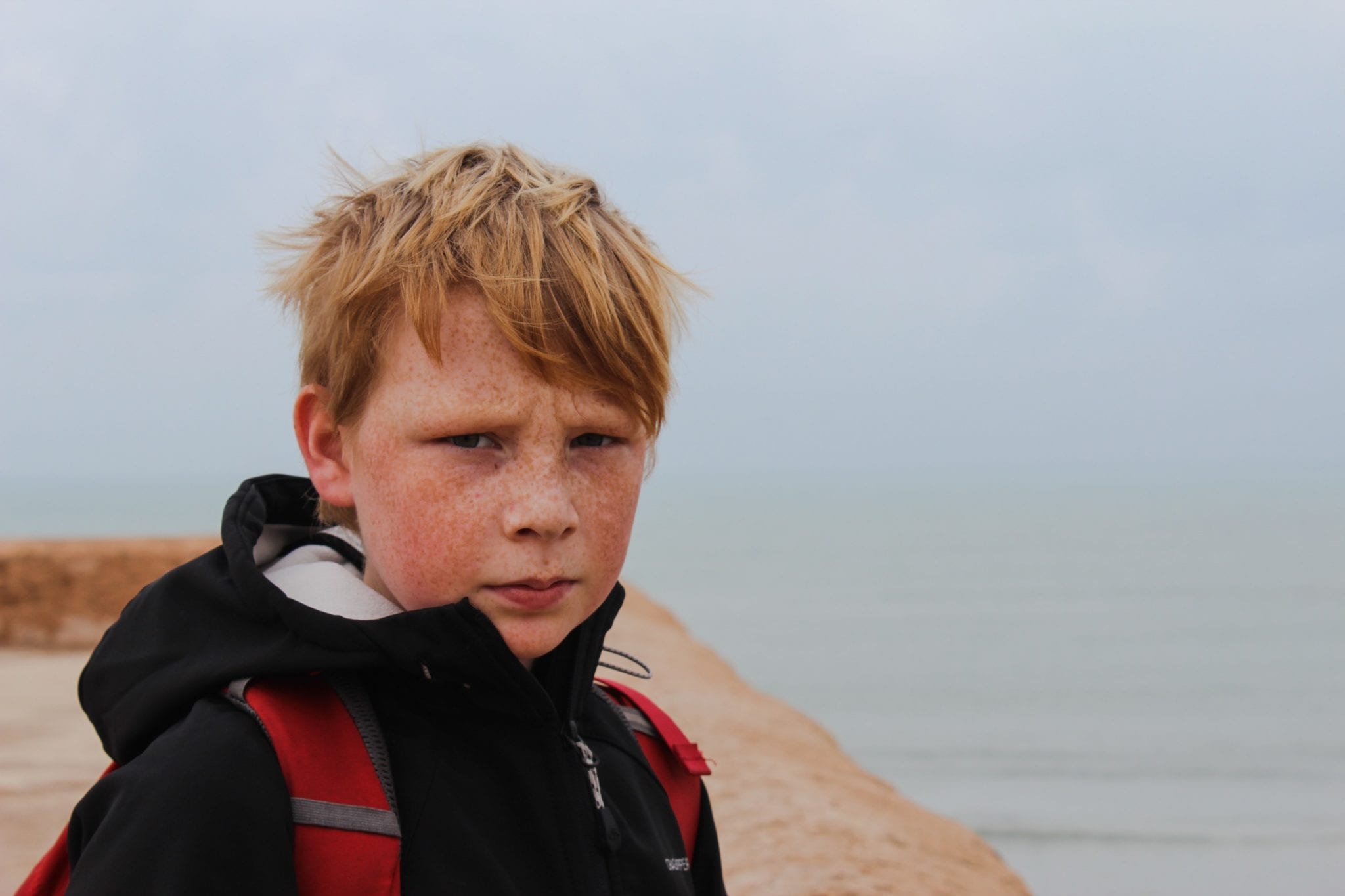

Rabat is home to over 1.6 million people making it the 6th largest city in Morocco and also it’s capital. Literally translated to ‘fortified place’, Rabat is a city teeming with history, ancient tales and is the perfect place to look out over the Atlantic ocean and wonder might be were it not for the huge scale fortification around the Medina.
Founded in 1146, an ancient ruler by the name of Abd al-Mu’min decided that he needed a perfect vantage point that could be fortified, somewhere that gave him and his army access to the Atlantic, thereby giving them a launch point to take over Iberia. The city served as a fortress for a few centuries, even hosting pirate attacks right up until the mid 1800’s. The strategic location of Rabat meant that people could be seen arriving via sea for miles. The rugged coastline made approaches dangerous and Rabat remained a stronghold for centuries.
In regards to history, a sweet story is that of Yaqub al-Mansur of the Almohad dynasty. Born in 1160 Al-Mansur loved a fight and was once credited with mounting an army which killed 150,000 men. But when he wasn’t busy wiping out nations and attempting to squat Spain he loved building mosques. One such project was an attempt to build what would’ve been the largest mosque in the world in Rabat. By the time the Hassan tower (a large minaret) reached 44m (half of it’s planned height) Al-Mansour checked out and work was never completed. Today the Minaret still stands and draws tourists from all over the region all keen to look at, and perhaps imagine just what might been.
For some reason, and I say this with the greatest respect – Rabat was awarded 2nd place by CNN in 2013 in its annual ‘Top Travel Destinations’. I kind of understand the UNESCO status, parts of the city really are really quant and tinged with historical beauty. But all things considered it’s a little edgy.
According to my 1995 travel guide for Rabat there is/was a left luggage counter at the train station. Nope. Not anymore. Rocking up with all our gear we found out that the only left luggage in Rabat is apparently at the bus station. Of the two train stations in the city we used ‘Rabat Ville’ which is a modern station right at the centre of it all and where you need to get off if you want the Medina or main street. Having our bags with us and knowing we had a lot of walking to do I spotted a hotel opposite the train station and went in asking if we could leave our bags. The guy was only too happy to rip us off to the tune of 50 Dirhams (£3.40) when I had a sneaky feeling it should’ve been much less. In any case we headed straight for the Medina and hoped the lightly spotting rain would have a short respite.
The Medina is not what one would expect, yes it is gated, yes it is a maze of alleyways, but it is pretty much a modern market selling fake iPhones, trainers, jackets and food guaranteed to attach you to your toilet for a few days. But by no means even remotely comparable to the Medina of Fez for example.
Through the Medina is a huge cemetery, but follow the road down to the Atlantic coast and with excitement and intrepidation look out over one of the grimmest coastal views you will ever witness. Walk along a while and you will also find one of the skankiest beaches on earth filled with litter, dirt and various guaranteed diseases.
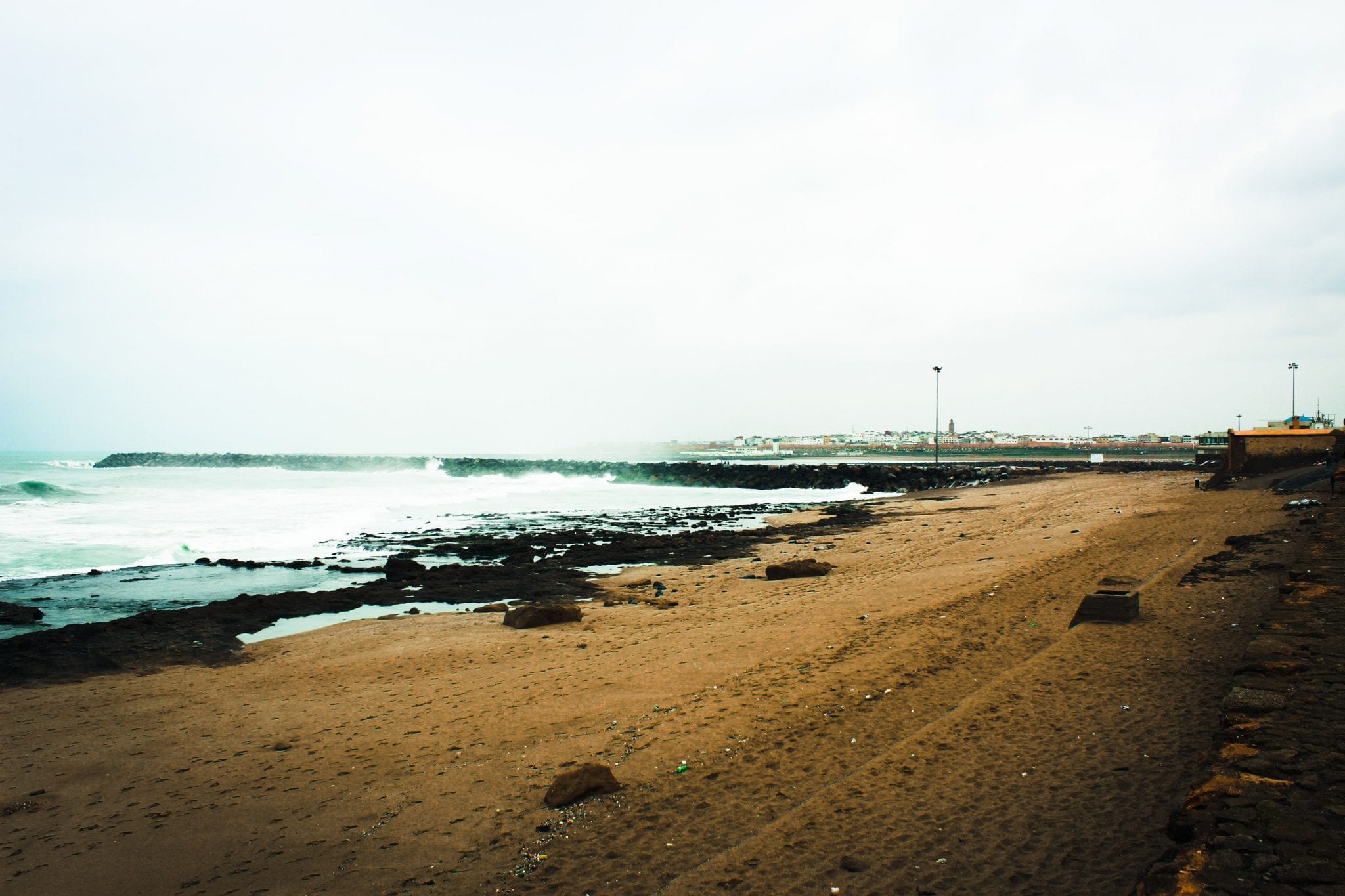

We kept walking and the rain picked up into a full on downpour, oddly though it didn’t ruin what was already a tired looking promenade generations past an investment. A little further up the road was what we were looking for – the ancient Spanish refuge of Kasbah des Oudaias, the oldest part of Rabat offering up tranquil views out over the neighboring city of Sale and naturally, the Atlantic Ocean. Now, bearing in mind the guide book I have for Rabat was published in 1995, it tells of a scam where locals advise you that the Kasbah is closed/forbidden. But guess what – They know a secret way that will fleece you some baksheesh. It absolutely stunned me that we were told on four separate occasions that the Kasbah was closed/forbidden. I mean seriously, these scamsters need to get some new material rather than recycling failures from twenty years ago! Anyway, the mosque at the heart of it all naturally was typically Moroccan in that foreigners were prohibited from entering. A real shame, but nonetheless we strolled the tiny streets of white and blue walls and eventually found our own panorama over the intimidating, dark brown ocean of the Atlantic. Shortly afterwards we declined a personal tour of the Andalusian gardens nearby. Which by all accounts are free, and filled with Muslim women seeking refuge from the hormone ravaged Moroccan guys.
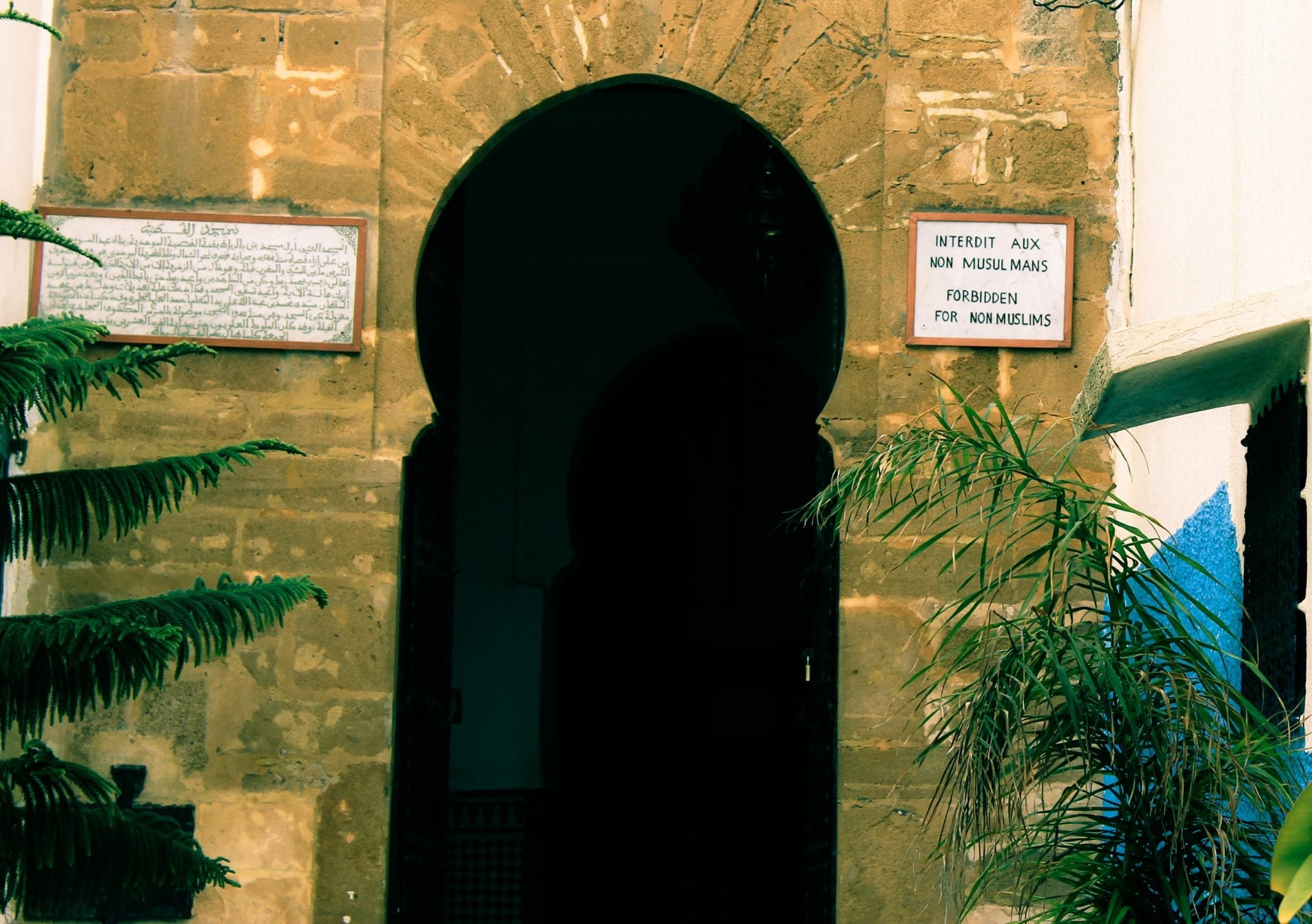

We spent most of our time in Rabat relaxing, soaking it all up and enjoying the mix of Islam with a real European feel. Rabat for us was the tie we needed in terms of relaxing before heading to the High Atlas. It gave us time to recharge our batteries from the Imperial cities we had travlled through thus far. Importantly it began our focus on the task ahead, of an attempt at a winter ascent of Jebel Toubkal less than a day away.



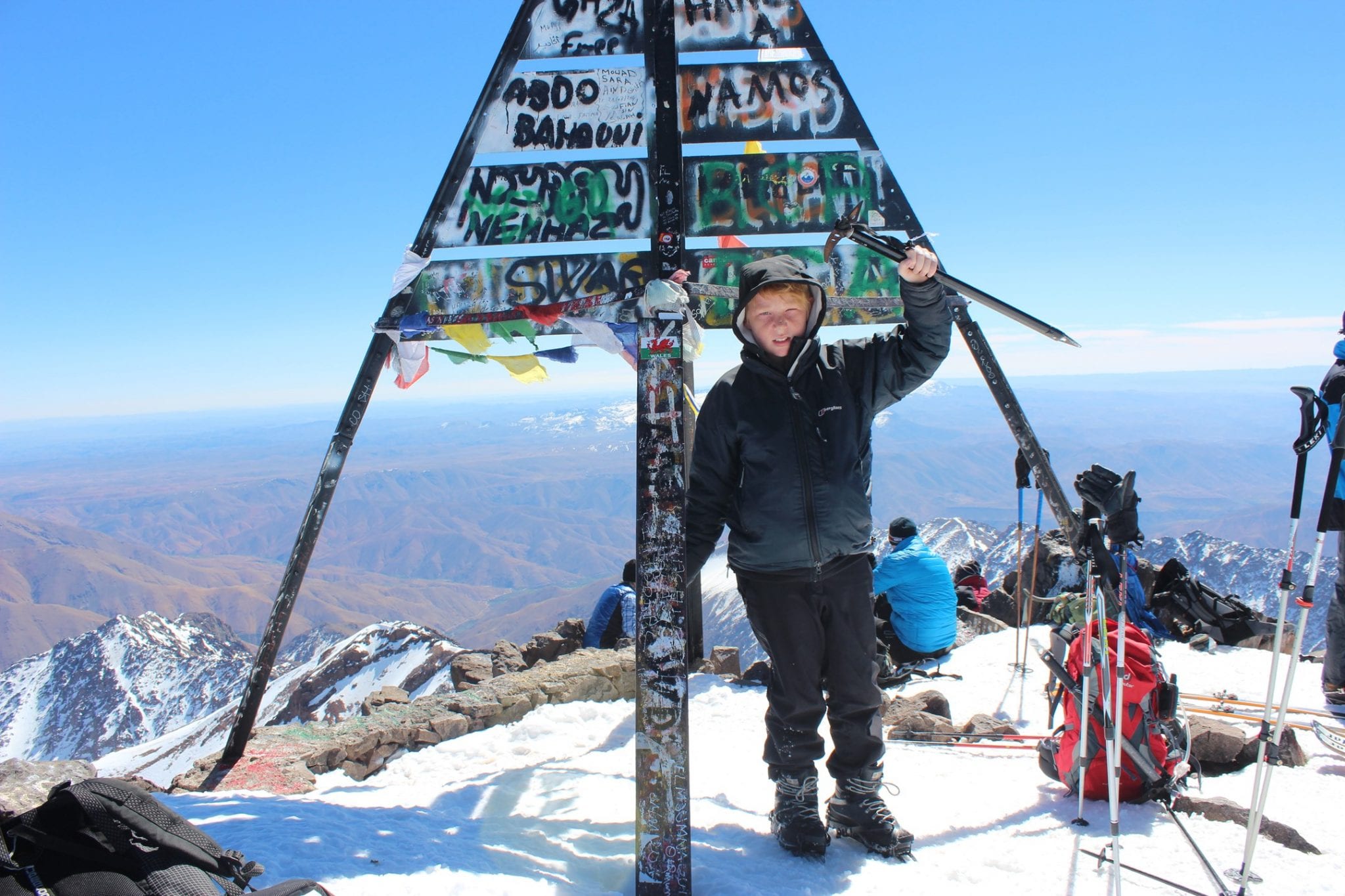
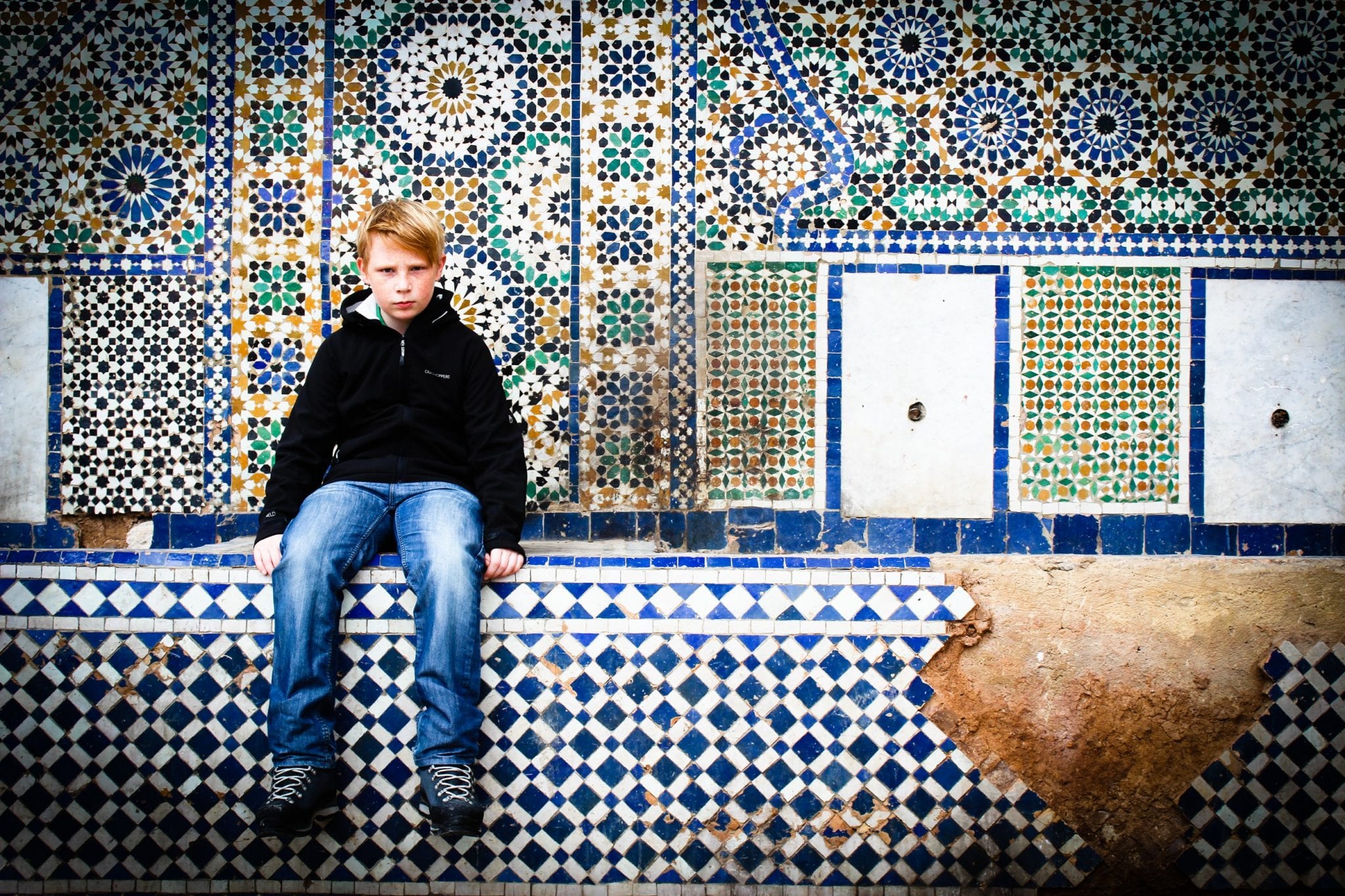
Comments are closed.